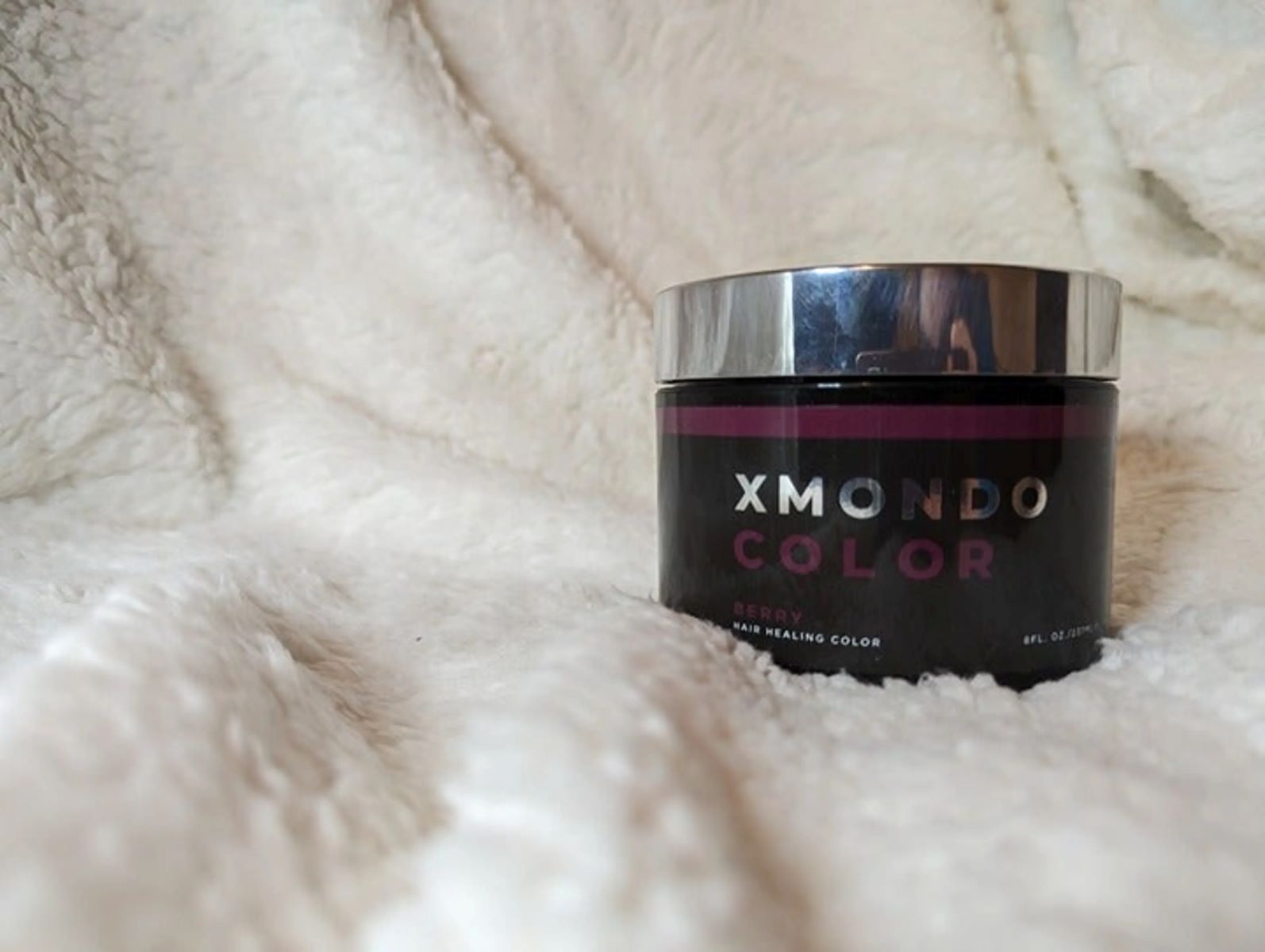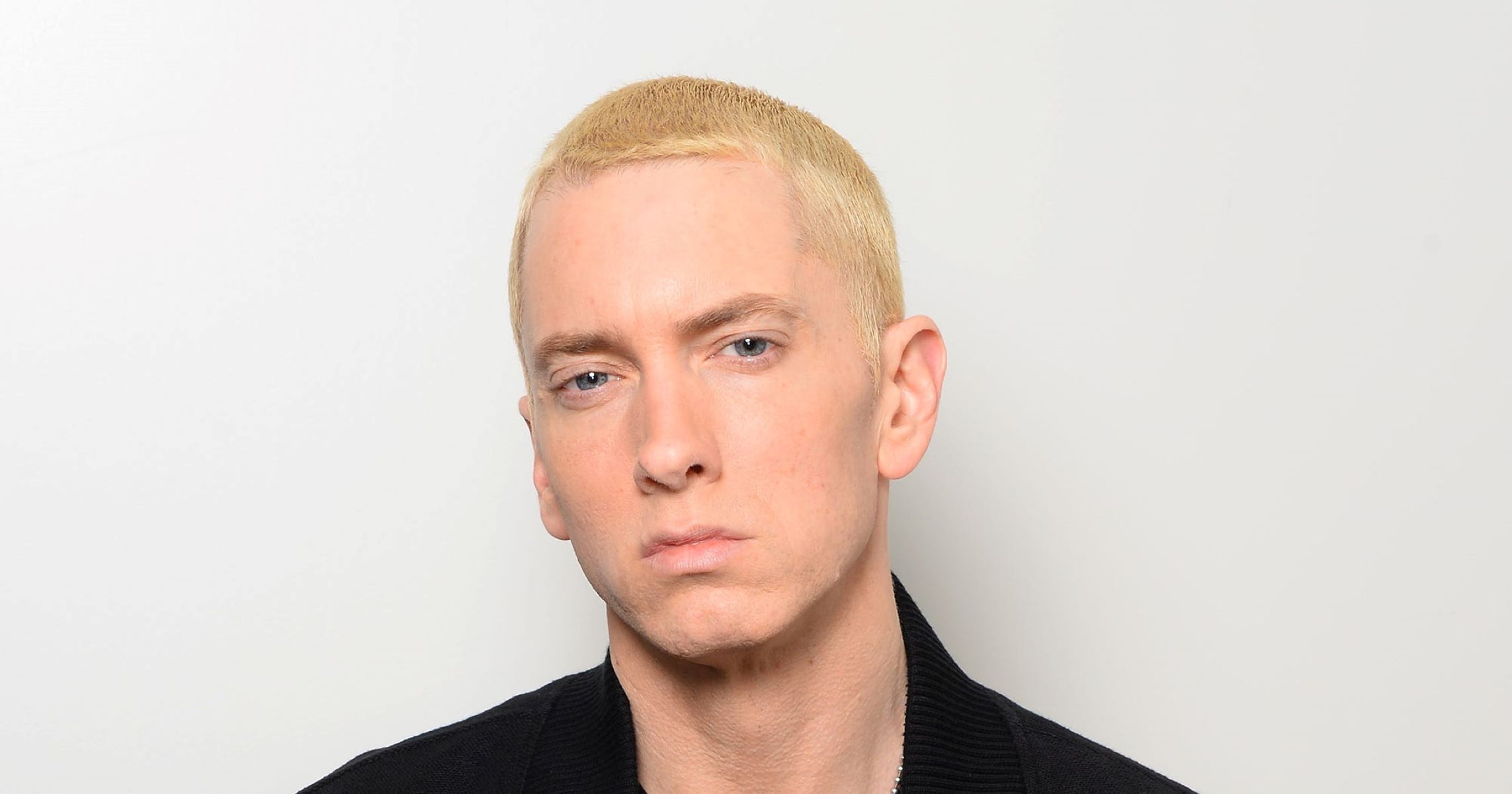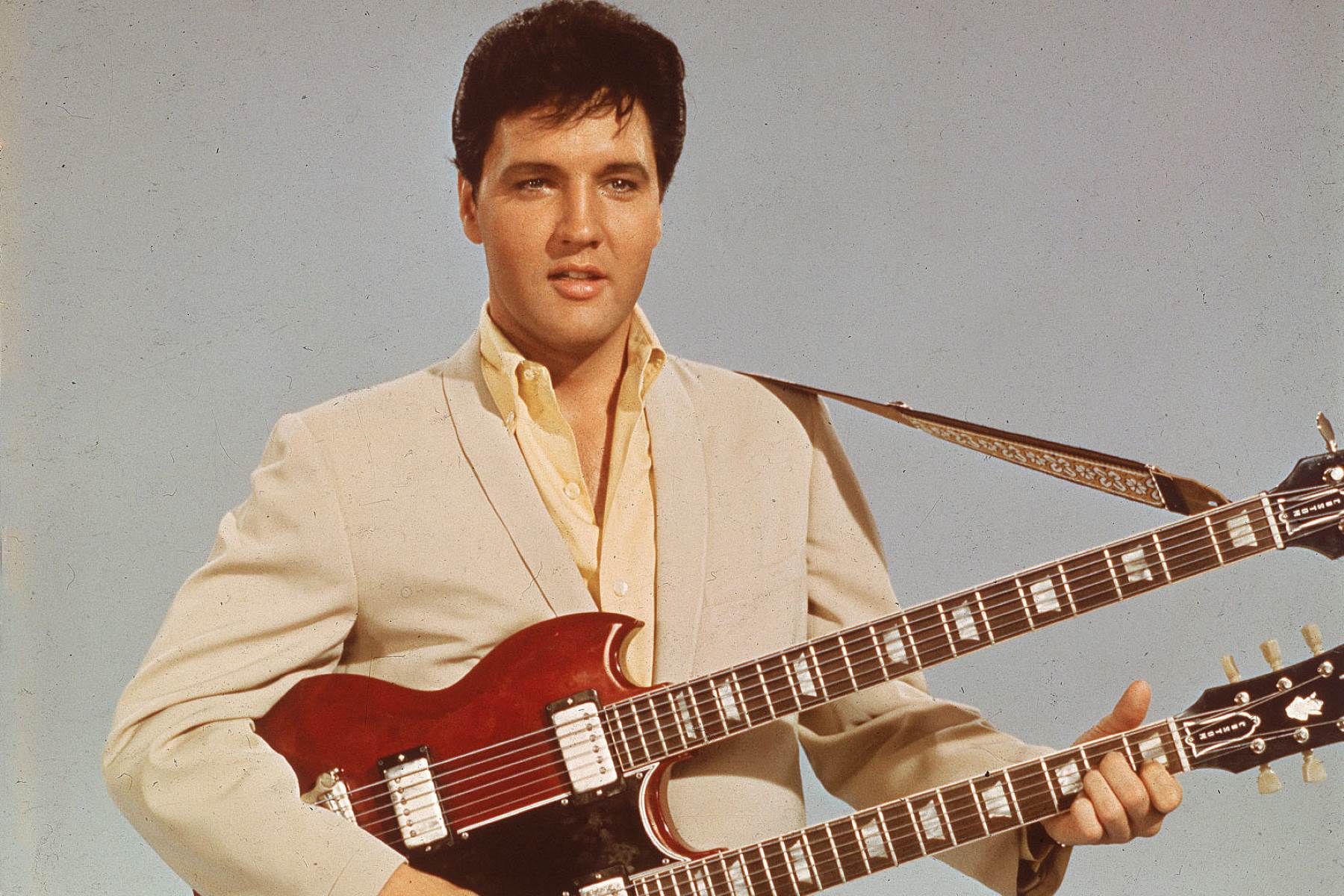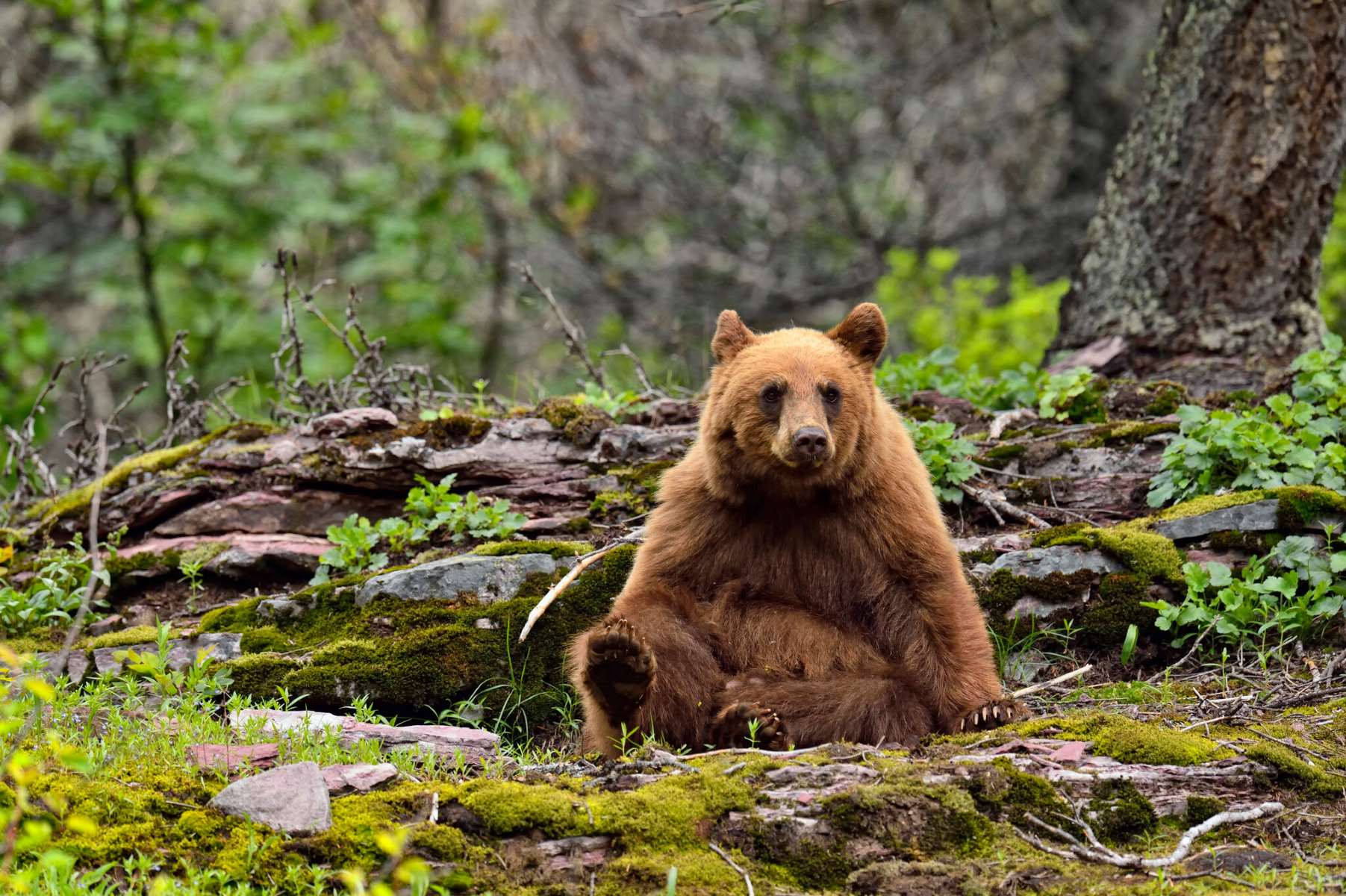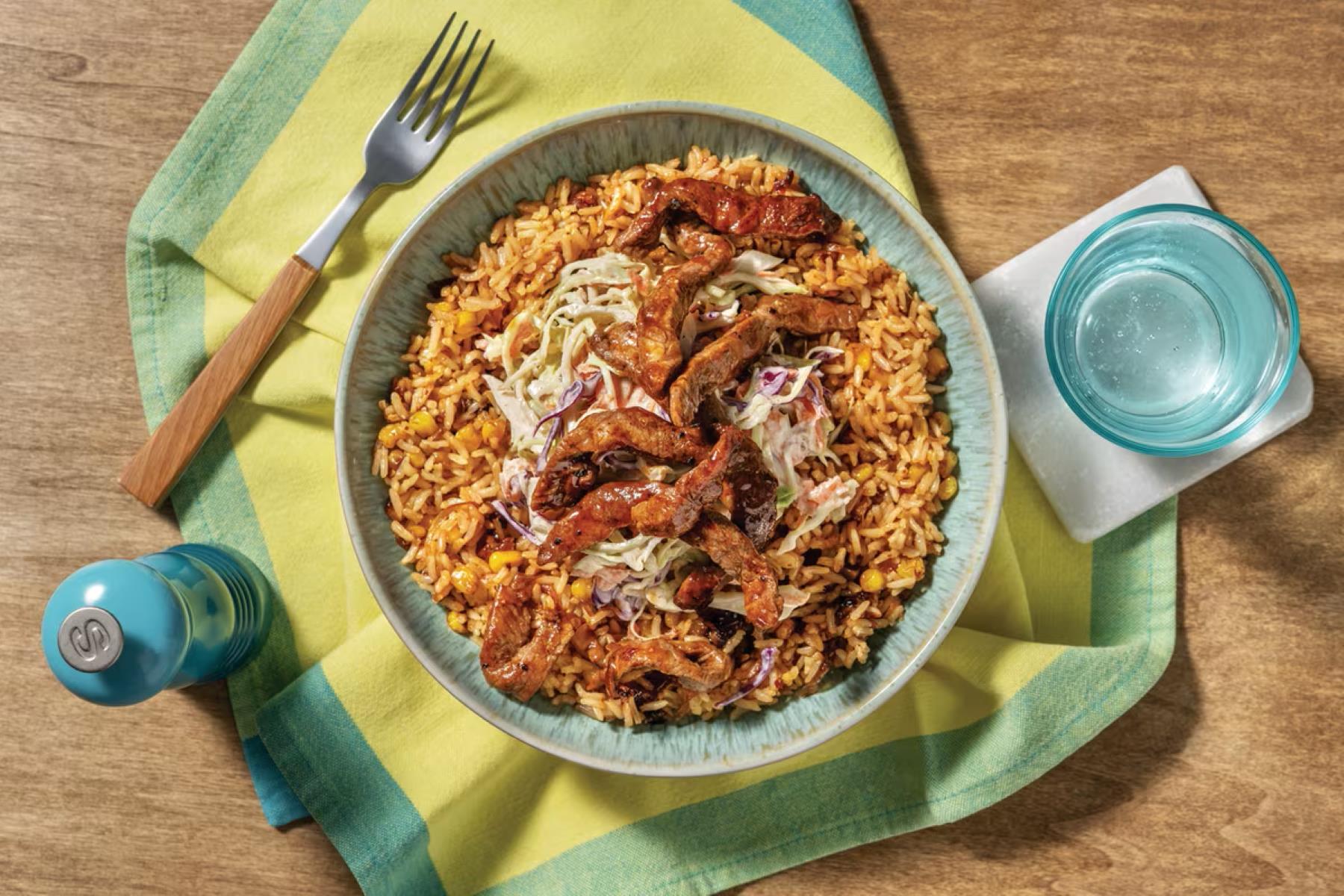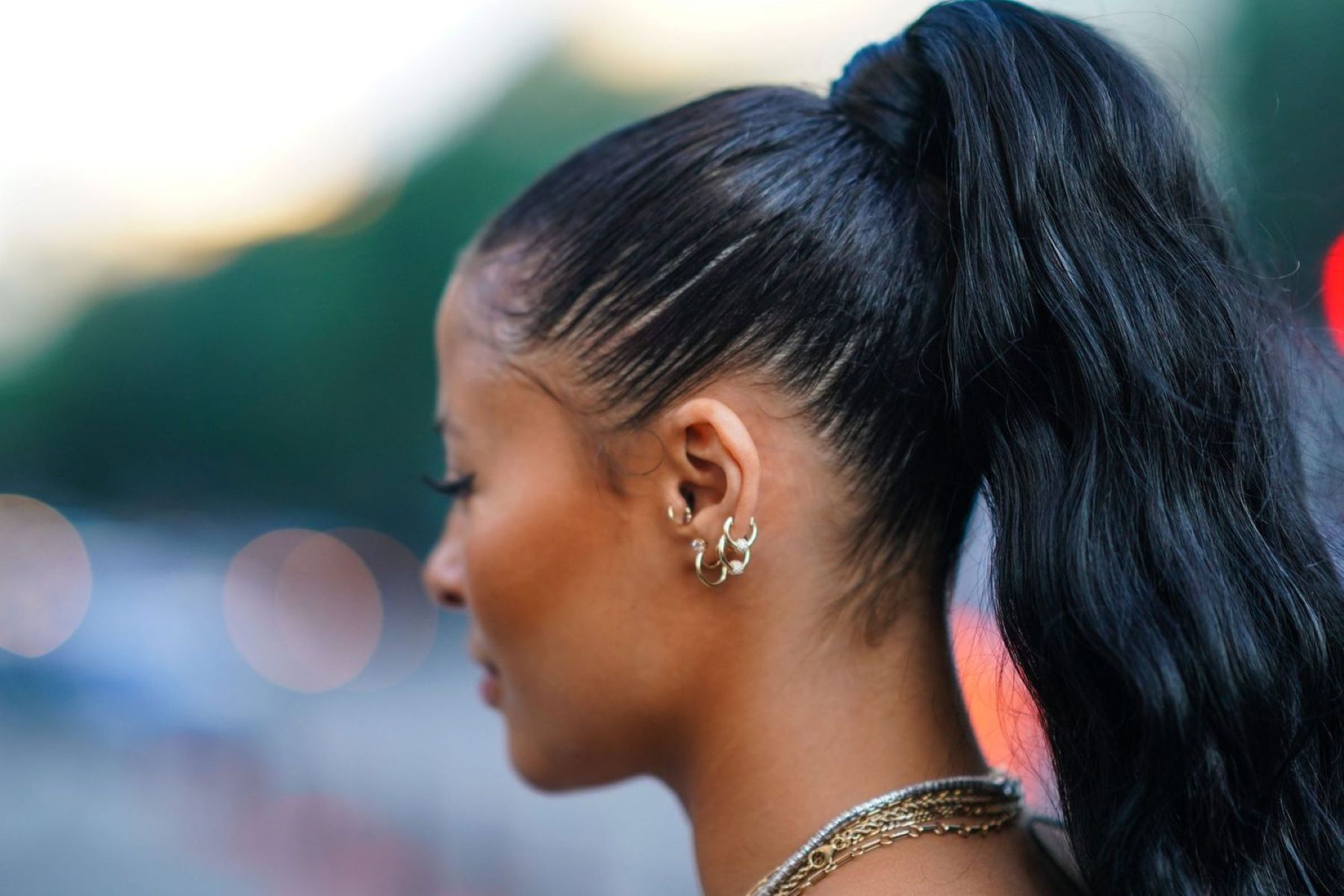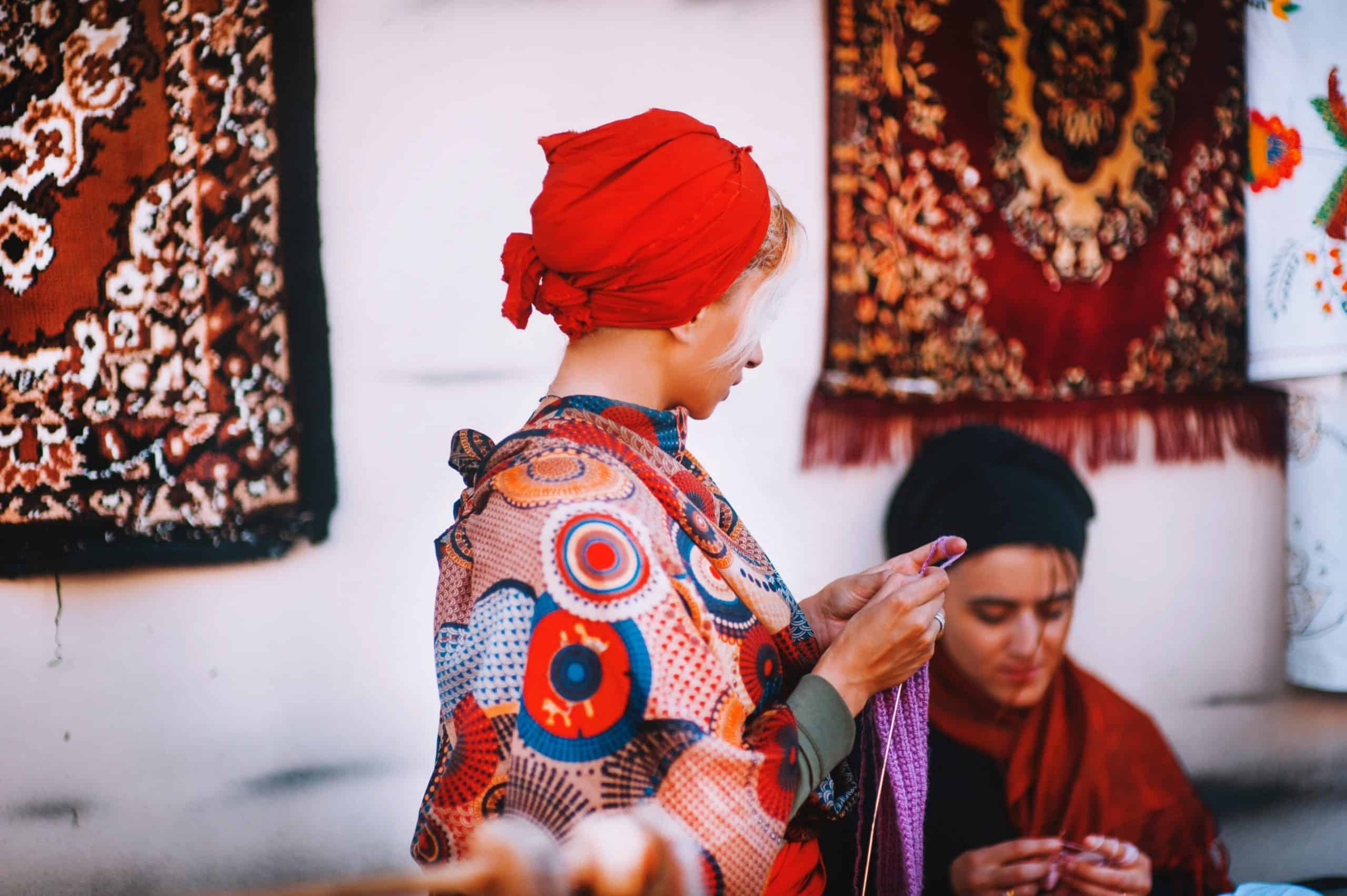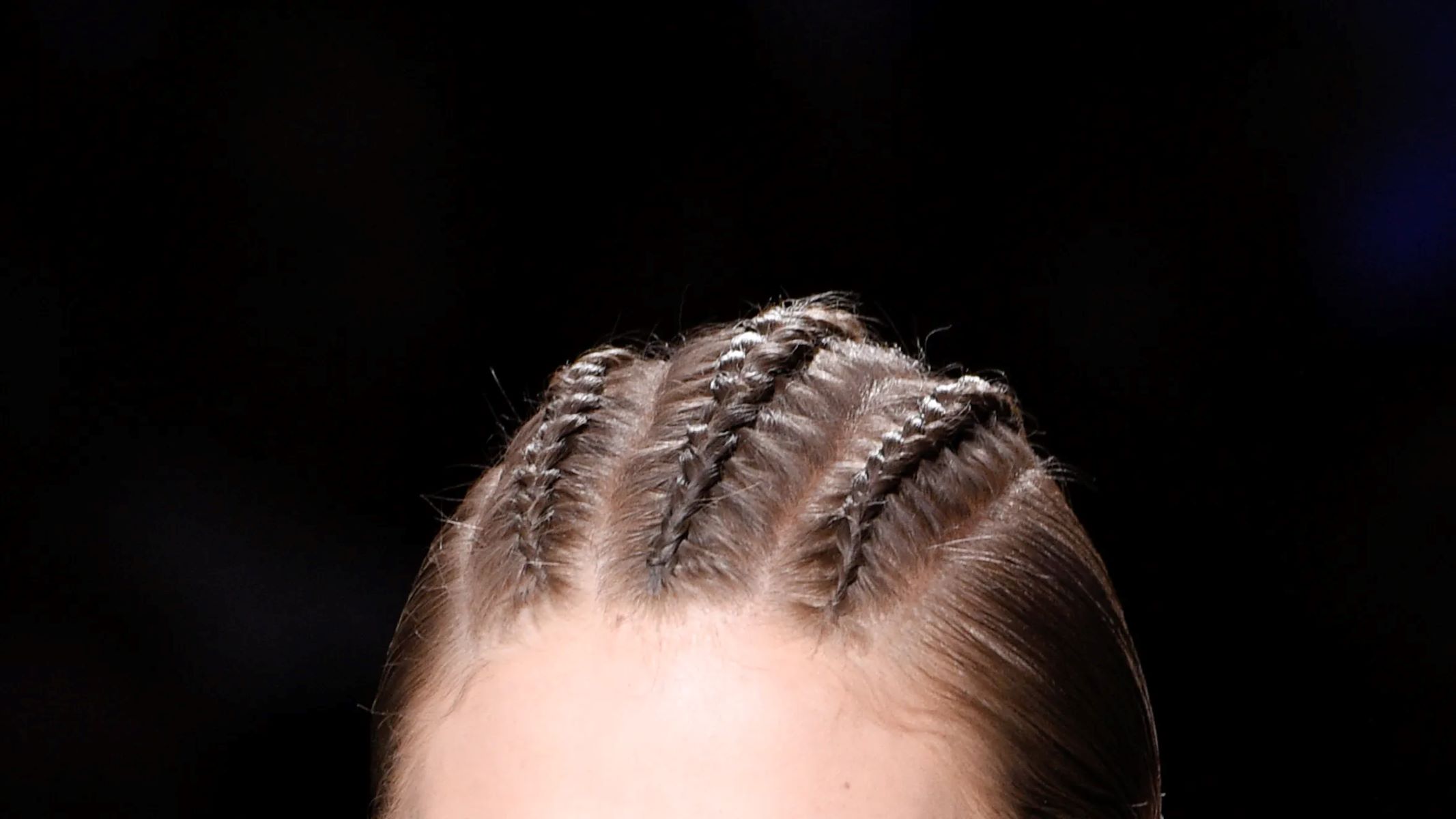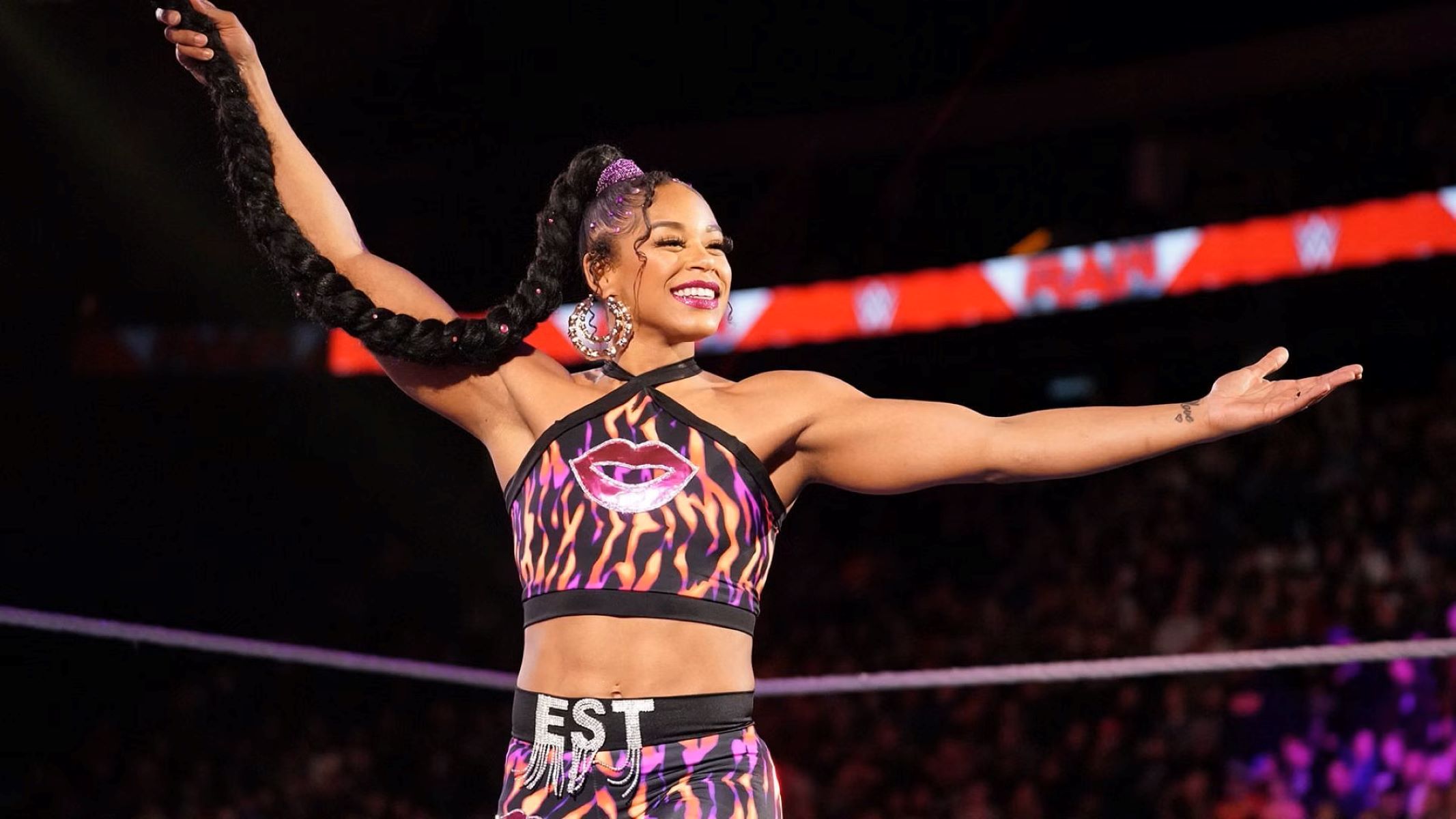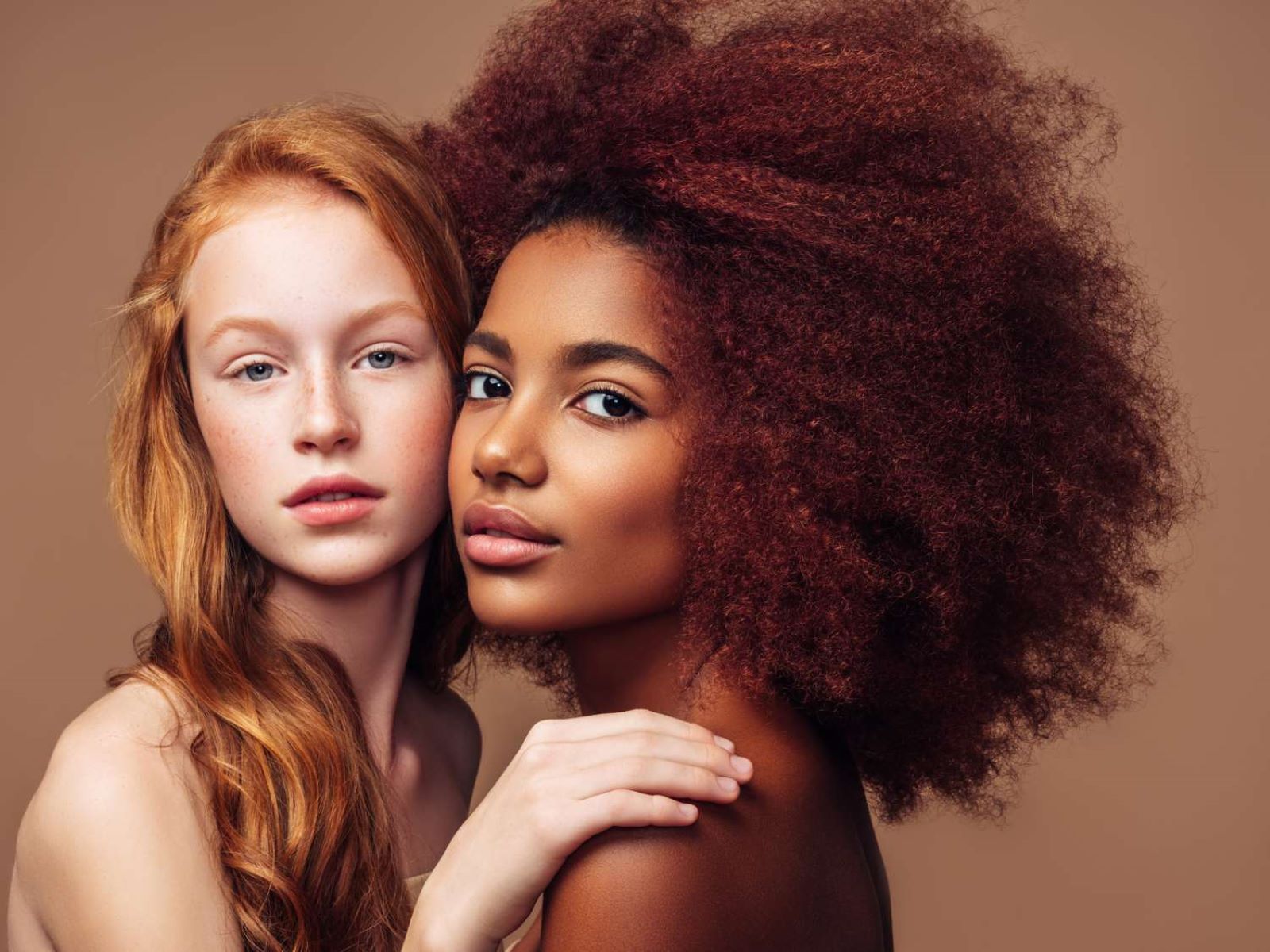Home>Science>The Surprising Truth About Natural Blonde Hair In People Of Color
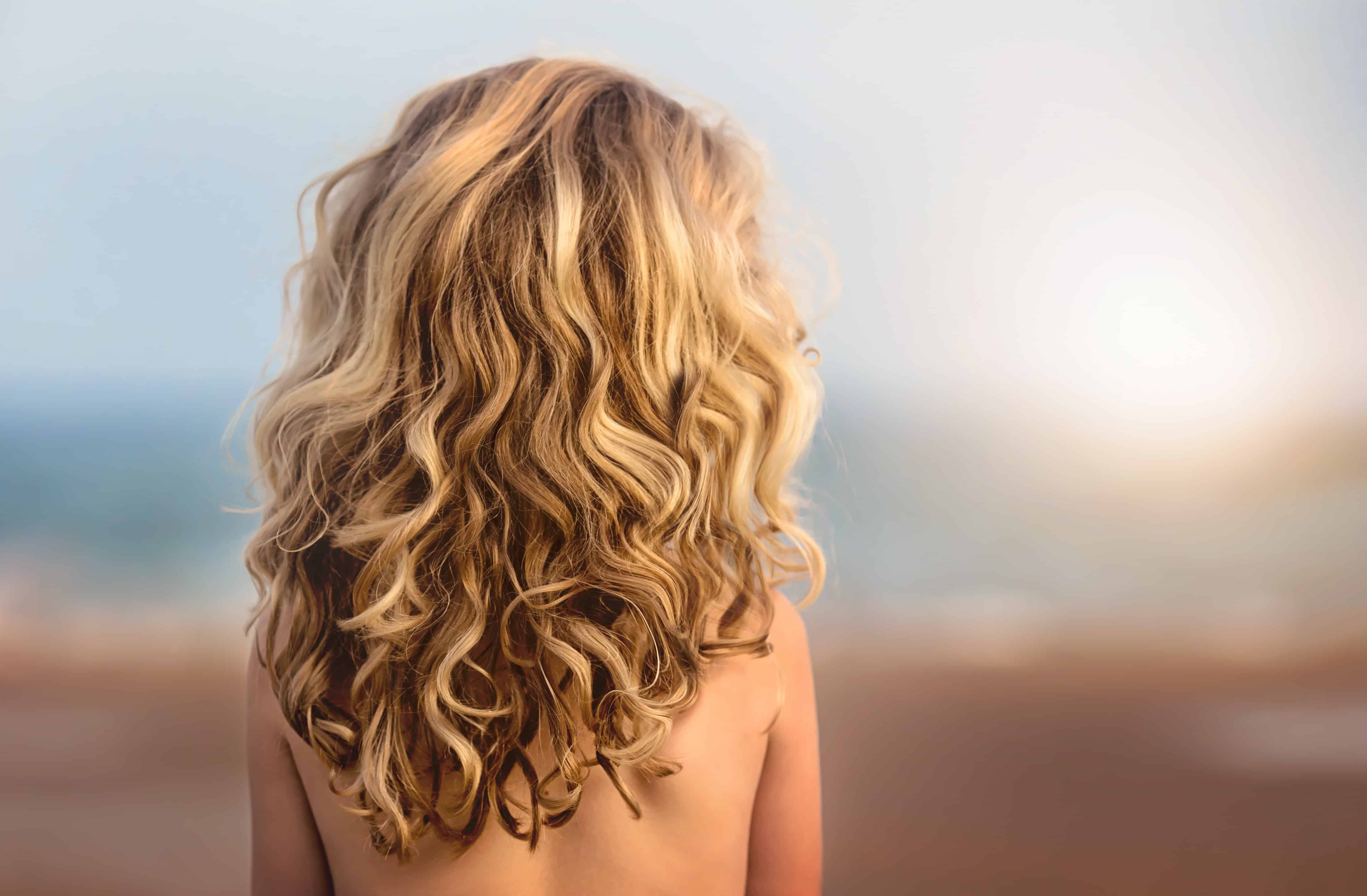

Science
The Surprising Truth About Natural Blonde Hair In People Of Color
Published: February 20, 2024
Discover the science behind natural blonde hair in people of color. Uncover the surprising truth and learn about the genetic factors at play.
(Many of the links in this article redirect to a specific reviewed product. Your purchase of these products through affiliate links helps to generate commission for Regretless.com, at no extra cost. Learn more)
Table of Contents
Introduction
Natural blonde hair has long been associated with individuals of European descent, often leading to misconceptions and stereotypes about its rarity in people of color. However, the truth about the presence of blonde hair in diverse ethnicities is a fascinating and often overlooked aspect of human genetics and cultural diversity. This article aims to delve into the genetics of blonde hair, explore historical and cultural perspectives, debunk misconceptions and stereotypes, and shed light on the reality of natural blonde hair in people of color.
The presence of blonde hair in individuals of non-European descent challenges conventional beauty standards and prompts a reevaluation of what is considered "normal" or "typical" for different ethnic groups. By examining this topic, we can gain a deeper understanding of the genetic and cultural complexities that contribute to the diverse manifestations of human traits, including hair color.
In the following sections, we will embark on a journey through the genetic underpinnings of blonde hair, uncover historical and cultural viewpoints on this unique trait, and address the misconceptions and stereotypes that have perpetuated misunderstandings about natural blonde hair in people of color. Ultimately, this exploration aims to celebrate and embrace the rich tapestry of human diversity, encouraging a more inclusive and nuanced appreciation of beauty across all ethnicities.
The Genetics of Blonde Hair
Blonde hair is often perceived as a hallmark of individuals with European ancestry, but the genetic basis of this unique trait transcends geographical boundaries. At the core of blonde hair genetics lies the melanocortin 1 receptor (MC1R) gene, which plays a pivotal role in determining hair color. Variations in the MC1R gene can result in a spectrum of hair colors, including shades of blonde.
The production of melanin, the pigment responsible for hair color, is influenced by the activity of the MC1R gene. In individuals with blonde hair, there is a lower level of eumelanin, the dark pigment, and a higher level of pheomelanin, the lighter pigment. This delicate balance of melanin production contributes to the distinctive blonde hue.
Furthermore, the inheritance of blonde hair follows a complex pattern. While the presence of blonde hair is more commonly associated with individuals of Northern European descent, it can also manifest in people of diverse ethnic backgrounds. This is attributed to the interplay of multiple genetic factors, including the interaction of various genes involved in melanin production and distribution.
Intriguingly, the genetic diversity of blonde hair extends beyond the MC1R gene, encompassing a network of genetic variations that collectively influence the expression of this trait. Recent studies have unveiled the intricate genetic architecture underlying hair color diversity, highlighting the interplay of numerous genetic loci in shaping the spectrum of hair colors observed across different populations.
Moreover, the genetic underpinnings of blonde hair underscore the dynamic nature of human traits and the intricate interplay between genetic and environmental factors. While the prevalence of blonde hair may vary among different ethnic groups, the genetic diversity within and across populations underscores the multifaceted nature of human genetics and the rich tapestry of hair color diversity.
In essence, the genetics of blonde hair reflect the intricate interplay of genetic variations, melanin production, and inheritance patterns, transcending geographical boundaries and challenging conventional perceptions of hair color. This genetic complexity underscores the diverse manifestations of blonde hair across different ethnicities, enriching our understanding of the genetic underpinnings of this captivating trait.
Historical and Cultural Perspectives
The historical and cultural perspectives surrounding natural blonde hair in people of color offer a captivating lens through which to explore the diverse narratives and perceptions associated with this unique trait. Throughout history, blonde hair has been revered and mythologized in various cultures, often symbolizing beauty, purity, and divine favor. In many ancient societies, blonde hair was attributed to supernatural origins and held in high esteem, transcending geographical boundaries and ethnic distinctions.
In ancient Greece, blonde hair was associated with the deities, particularly Aphrodite, the goddess of love and beauty, who was often depicted with golden locks. This portrayal of divine figures with blonde hair contributed to the idealization of this trait, shaping cultural perceptions of beauty and desirability. Similarly, in Norse mythology, characters such as the goddess Sif were described as having radiant blonde hair, further cementing the symbolic significance of this trait within the cultural tapestry of the Norse people.
Moreover, the cultural significance of blonde hair extended beyond mythological narratives, permeating artistic representations and societal ideals of beauty. Renaissance art, for instance, often depicted figures with ethereal blonde tresses, reflecting the prevailing aesthetic preferences of the era. The portrayal of blonde hair in art and literature underscored its association with purity, virtue, and aesthetic allure, shaping cultural perceptions and ideals of beauty across different historical periods.
In the context of diverse cultures, the presence of natural blonde hair in people of color has been a source of fascination and admiration, challenging conventional beauty standards and prompting a reevaluation of societal norms. In regions such as Melanesia and Polynesia, where blonde hair occurs naturally in some indigenous populations, the cultural significance of this trait reflects the rich tapestry of human diversity and genetic variation. The acceptance and celebration of blonde hair in these cultures exemplify the nuanced and multifaceted perspectives on beauty that transcend traditional Eurocentric ideals.
Furthermore, the historical and cultural perspectives on natural blonde hair in people of color highlight the interconnectedness of human narratives and the diverse ways in which traits such as hair color have been woven into the fabric of cultural identity and expression. By examining the historical and cultural dimensions of blonde hair, we gain a deeper appreciation for the intricate interplay of genetics, cultural symbolism, and societal perceptions, enriching our understanding of the multifaceted nature of human diversity and beauty ideals.
The historical and cultural perspectives surrounding natural blonde hair in people of color offer a captivating lens through which to explore the diverse narratives and perceptions associated with this unique trait. Throughout history, blonde hair has been revered and mythologized in various cultures, often symbolizing beauty, purity, and divine favor. In many ancient societies, blonde hair was attributed to supernatural origins and held in high esteem, transcending geographical boundaries and ethnic distinctions.
In ancient Greece, blonde hair was associated with the deities, particularly Aphrodite, the goddess of love and beauty, who was often depicted with golden locks. This portrayal of divine figures with blonde hair contributed to the idealization of this trait, shaping cultural perceptions of beauty and desirability. Similarly, in Norse mythology, characters such as the goddess Sif were described as having radiant blonde hair, further cementing the symbolic significance of this trait within the cultural tapestry of the Norse people.
Moreover, the cultural significance of blonde hair extended beyond mythological narratives, permeating artistic representations and societal ideals of beauty. Renaissance art, for instance, often depicted figures with ethereal blonde tresses, reflecting the prevailing aesthetic preferences of the era. The portrayal of blonde hair in art and literature underscored its association with purity, virtue, and aesthetic allure, shaping cultural perceptions and ideals of beauty across different historical periods.
In the context of diverse cultures, the presence of natural blonde hair in people of color has been a source of fascination and admiration, challenging conventional beauty standards and prompting a reevaluation of societal norms. In regions such as Melanesia and Polynesia, where blonde hair occurs naturally in some indigenous populations, the cultural significance of this trait reflects the rich tapestry of human diversity and genetic variation. The acceptance and celebration of blonde hair in these cultures exemplify the nuanced and multifaceted perspectives on beauty that transcend traditional Eurocentric ideals.
Furthermore, the historical and cultural perspectives on natural blonde hair in people of color highlight the interconnectedness of human narratives and the diverse ways in which traits such as hair color have been woven into the fabric of cultural identity and expression. By examining the historical and cultural dimensions of blonde hair, we gain a deeper appreciation for the intricate interplay of genetics, cultural symbolism, and societal perceptions, enriching our understanding of the multifaceted nature of human diversity and beauty ideals.
The Misconceptions and Stereotypes
The presence of natural blonde hair in people of color has often been shrouded in misconceptions and perpetuated stereotypes, stemming from historical biases and limited representations in mainstream media. One prevalent misconception is the notion that blonde hair is exclusively characteristic of individuals of European descent, leading to the marginalization of diverse ethnic groups with naturally occurring blonde hair. This misconception has contributed to the perpetuation of Eurocentric beauty standards, overshadowing the rich genetic diversity and natural variations in hair color observed across different populations.
Stereotypes surrounding natural blonde hair in people of color have also been fueled by the lack of visibility and representation in popular culture. Mainstream media has often reinforced the stereotype that blonde hair is synonymous with a specific racial or ethnic identity, neglecting the multifaceted reality of blonde hair diversity. This limited portrayal has perpetuated the misconception that blonde hair is an anomaly in people of color, overlooking the natural occurrence of this trait in various ethnicities.
Furthermore, the perpetuation of stereotypes regarding natural blonde hair in people of color has led to the exoticization and fetishization of individuals with this unique trait. In some instances, individuals with naturally occurring blonde hair from non-European backgrounds have been subjected to objectification and scrutiny, reinforcing harmful stereotypes and undermining the diverse genetic tapestry of human traits.
The perpetuation of misconceptions and stereotypes surrounding natural blonde hair in people of color underscores the need to challenge preconceived notions and embrace the rich diversity of human traits. By debunking these misconceptions and dismantling stereotypes, we can foster a more inclusive and nuanced understanding of beauty across all ethnicities, celebrating the natural variations in hair color and embracing the multifaceted expressions of genetic diversity.
In essence, the misconceptions and stereotypes surrounding natural blonde hair in people of color highlight the pervasive impact of historical biases and limited representations in shaping societal perceptions. By confronting these misconceptions and shedding light on the reality of blonde hair diversity, we can pave the way for a more inclusive and equitable appreciation of beauty that transcends narrow stereotypes and embraces the rich tapestry of human genetic variation.
The Reality of Natural Blonde Hair in People of Color
The reality of natural blonde hair in people of color defies conventional stereotypes and challenges ingrained misconceptions about the exclusivity of this trait to individuals of European descent. Across diverse ethnicities, there exists a spectrum of natural hair colors, including varying shades of blonde, reflecting the rich genetic diversity and complex interplay of genetic factors that influence hair pigmentation.
In regions such as Melanesia, Polynesia, and parts of Southeast Asia, indigenous populations exhibit a striking prevalence of naturally occurring blonde hair, underscoring the intricate genetic tapestry of human diversity. The presence of blonde hair in these populations serves as a testament to the multifaceted expressions of genetic variation and challenges the narrow portrayal of blonde hair as a solely Eurocentric attribute.
Moreover, the reality of natural blonde hair in people of color extends beyond specific geographical regions, encompassing diverse ethnic groups with ancestral ties to Africa, Asia, and the Americas. The genetic underpinnings of blonde hair transcend geographical boundaries, reflecting the dynamic interplay of genetic variations that contribute to the diverse manifestations of this unique trait.
Furthermore, the reality of natural blonde hair in people of color highlights the need to celebrate and embrace the natural variations in hair color across all ethnicities, fostering a more inclusive and equitable appreciation of beauty. By acknowledging the reality of blonde hair diversity, we can dismantle the limitations of narrow beauty standards and cultivate a more nuanced understanding of the genetic complexity that shapes the diverse expressions of human traits.
In essence, the reality of natural blonde hair in people of color underscores the rich tapestry of genetic diversity and challenges the homogenizing narratives that have perpetuated misconceptions and stereotypes. By recognizing and celebrating the natural occurrence of blonde hair across diverse ethnicities, we can pave the way for a more inclusive and holistic appreciation of beauty that transcends cultural boundaries and embraces the multifaceted expressions of genetic variation.
Embracing Diversity and Challenging Beauty Standards
Embracing diversity and challenging beauty standards is essential in fostering a more inclusive and equitable appreciation of beauty across all ethnicities. The celebration of natural variations in hair color, including the presence of blonde hair in people of color, serves as a powerful catalyst for redefining societal norms and embracing the rich tapestry of human genetic diversity.
By challenging traditional beauty standards that have been shaped by narrow representations and historical biases, we can pave the way for a more inclusive and holistic understanding of beauty. This entails acknowledging and celebrating the natural occurrence of blonde hair in diverse ethnicities, transcending the limitations of Eurocentric ideals and embracing the multifaceted expressions of genetic variation.
Moreover, embracing diversity encompasses a paradigm shift towards recognizing the inherent beauty in genetic diversity and the unique traits that contribute to the rich mosaic of human appearances. By celebrating the diverse manifestations of hair color, including blonde hues, we can dismantle the homogenizing narratives that have perpetuated misconceptions and stereotypes, fostering a more inclusive and nuanced appreciation of beauty that transcends cultural boundaries.
Challenging beauty standards also involves amplifying diverse representations in mainstream media and popular culture, ensuring that individuals with natural blonde hair from non-European backgrounds are authentically portrayed and celebrated. By broadening the visibility of diverse beauty ideals, we can empower individuals to embrace their natural traits and cultivate a sense of pride in their genetic heritage, fostering a more inclusive and affirming societal landscape.
Furthermore, the journey towards embracing diversity and challenging beauty standards necessitates an ongoing commitment to dismantling harmful stereotypes and fostering a culture of inclusivity and acceptance. This involves amplifying diverse voices, celebrating the unique expressions of genetic diversity, and advocating for equitable representation across all facets of society.
In essence, embracing diversity and challenging beauty standards is a transformative endeavor that transcends superficial perceptions and embraces the inherent beauty of genetic diversity. By celebrating the natural variations in hair color and amplifying diverse representations, we can pave the way for a more inclusive, equitable, and affirming vision of beauty that honors the rich tapestry of human genetic variation.
Conclusion
In conclusion, the exploration of natural blonde hair in people of color unveils a captivating tapestry of genetic diversity, historical significance, and cultural perspectives. The genetic underpinnings of blonde hair transcend geographical boundaries, reflecting the intricate interplay of genetic variations that contribute to the diverse manifestations of this unique trait. From the melanocortin 1 receptor (MC1R) gene to the complex inheritance patterns, the genetics of blonde hair underscore the dynamic nature of human traits and challenge conventional perceptions of hair color.
Historically, blonde hair has been revered and mythologized in various cultures, symbolizing beauty, purity, and divine favor. The portrayal of blonde hair in ancient mythologies and Renaissance art shaped cultural perceptions and ideals of beauty, transcending ethnic distinctions. The presence of natural blonde hair in people of color challenges conventional beauty standards and prompts a reevaluation of societal norms, highlighting the interconnectedness of human narratives and the diverse ways in which traits such as hair color have been woven into the fabric of cultural identity and expression.
However, misconceptions and stereotypes have overshadowed the reality of natural blonde hair in people of color, perpetuating narrow beauty standards and limiting representations in mainstream media. The exoticization and fetishization of individuals with this unique trait have reinforced harmful stereotypes, undermining the diverse genetic tapestry of human traits. It is imperative to challenge these misconceptions and embrace the rich diversity of human traits, fostering a more inclusive and nuanced understanding of beauty across all ethnicities.
The reality of natural blonde hair in people of color defies conventional stereotypes and challenges ingrained misconceptions about the exclusivity of this trait to individuals of European descent. The prevalence of naturally occurring blonde hair in diverse ethnicities reflects the rich genetic diversity and complex interplay of genetic factors that influence hair pigmentation. Embracing this diversity and challenging beauty standards is essential in fostering a more inclusive and equitable appreciation of beauty across all ethnicities, transcending the limitations of Eurocentric ideals and celebrating the multifaceted expressions of genetic variation.
In essence, the journey towards embracing diversity and challenging beauty standards is a transformative endeavor that transcends superficial perceptions and embraces the inherent beauty of genetic diversity. By celebrating the natural variations in hair color and amplifying diverse representations, we can pave the way for a more inclusive, equitable, and affirming vision of beauty that honors the rich tapestry of human genetic variation.
